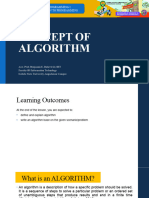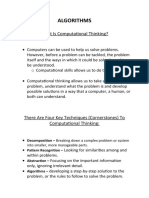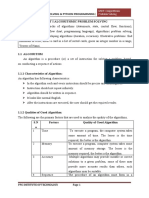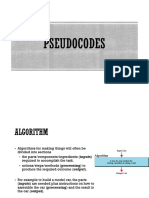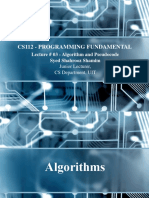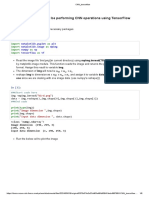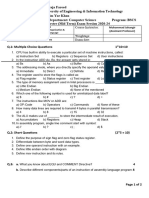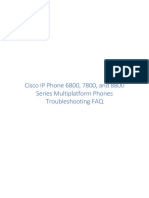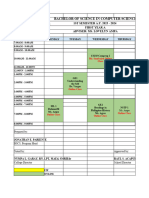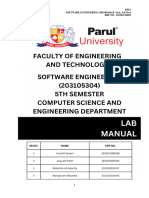0% found this document useful (0 votes)
11 views14 pagesPSPC Lecture 2 - Algorithm and Pseudocode
Uploaded by
Anusha JayasimhanCopyright
© © All Rights Reserved
We take content rights seriously. If you suspect this is your content, claim it here.
Available Formats
Download as PPTX, PDF, TXT or read online on Scribd
0% found this document useful (0 votes)
11 views14 pagesPSPC Lecture 2 - Algorithm and Pseudocode
Uploaded by
Anusha JayasimhanCopyright
© © All Rights Reserved
We take content rights seriously. If you suspect this is your content, claim it here.
Available Formats
Download as PPTX, PDF, TXT or read online on Scribd
/ 14


